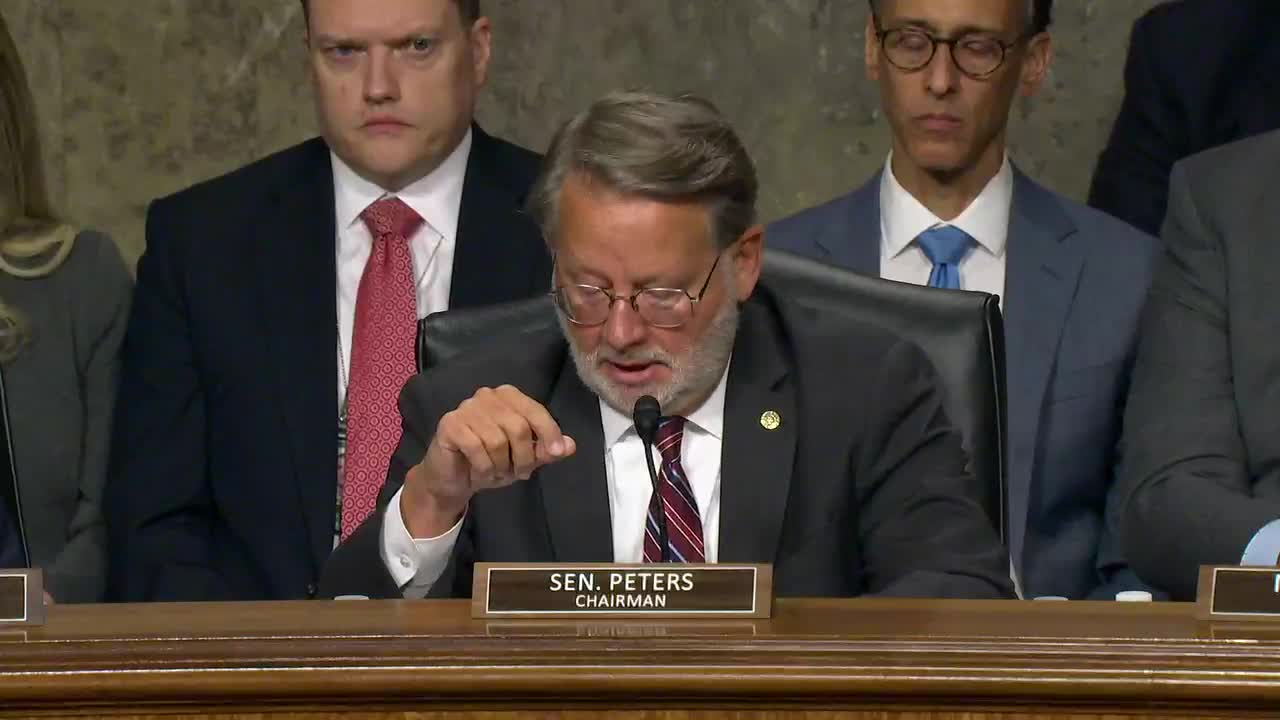Secret Service faces scrutiny over security failures during shooting
July 30, 2024 | Homeland Security and Governmental Affairs: Senate Committee, Standing Committees - House & Senate, Congressional Hearings Compilation

This article was created by AI summarizing key points discussed. AI makes mistakes, so for full details and context, please refer to the video of the full meeting. Please report any errors so we can fix them. Report an error »

In a recent government meeting, critical discussions emerged regarding security protocols following a significant incident involving a shooter at a high-profile event. The dialogue highlighted serious concerns about the effectiveness of communication and operational oversight among federal and local law enforcement agencies.
During the meeting, a senator questioned how a site survey could have been approved despite clear threats posed by a nearby building. Officials from the Pittsburgh field office explained that discussions had taken place among various agencies to mitigate risks, including a countersniper team that had conducted a site walk-through. However, it was revealed that the roof of the building, which provided a vantage point for the assailant, was inadequately monitored during the event.
The testimony included a detailed analysis of the shooter’s position and the countersniper team's line of sight, raising questions about why the assailant was not detected. The director of the Secret Service acknowledged that there were significant lapses in communication, particularly between local law enforcement and federal agencies. Local law enforcement reported a man on the roof with a gun, but this critical information was not relayed effectively to the countersniper team, resulting in a delay that could have had dire consequences.
The director admitted that the lack of direct communication channels hindered the response time, emphasizing the need for improved interoperability among agencies. He described the situation as \"troubling\" and committed to addressing these communication failures to prevent future incidents.
The senator pressed further, suggesting that the unattended roof represented a breach of standard security protocols. The director concurred, stating that better coverage was necessary and that an investigation into potential policy violations would be conducted. He underscored the importance of accountability, asserting that the Secret Service was ultimately responsible for the security operation.
The meeting concluded with a commitment to reform and enhance security measures, reflecting a growing recognition of the need for robust communication and operational protocols in safeguarding public events.
During the meeting, a senator questioned how a site survey could have been approved despite clear threats posed by a nearby building. Officials from the Pittsburgh field office explained that discussions had taken place among various agencies to mitigate risks, including a countersniper team that had conducted a site walk-through. However, it was revealed that the roof of the building, which provided a vantage point for the assailant, was inadequately monitored during the event.
The testimony included a detailed analysis of the shooter’s position and the countersniper team's line of sight, raising questions about why the assailant was not detected. The director of the Secret Service acknowledged that there were significant lapses in communication, particularly between local law enforcement and federal agencies. Local law enforcement reported a man on the roof with a gun, but this critical information was not relayed effectively to the countersniper team, resulting in a delay that could have had dire consequences.
The director admitted that the lack of direct communication channels hindered the response time, emphasizing the need for improved interoperability among agencies. He described the situation as \"troubling\" and committed to addressing these communication failures to prevent future incidents.
The senator pressed further, suggesting that the unattended roof represented a breach of standard security protocols. The director concurred, stating that better coverage was necessary and that an investigation into potential policy violations would be conducted. He underscored the importance of accountability, asserting that the Secret Service was ultimately responsible for the security operation.
The meeting concluded with a commitment to reform and enhance security measures, reflecting a growing recognition of the need for robust communication and operational protocols in safeguarding public events.
View full meeting
This article is based on a recent meeting—watch the full video and explore the complete transcript for deeper insights into the discussion.
View full meeting